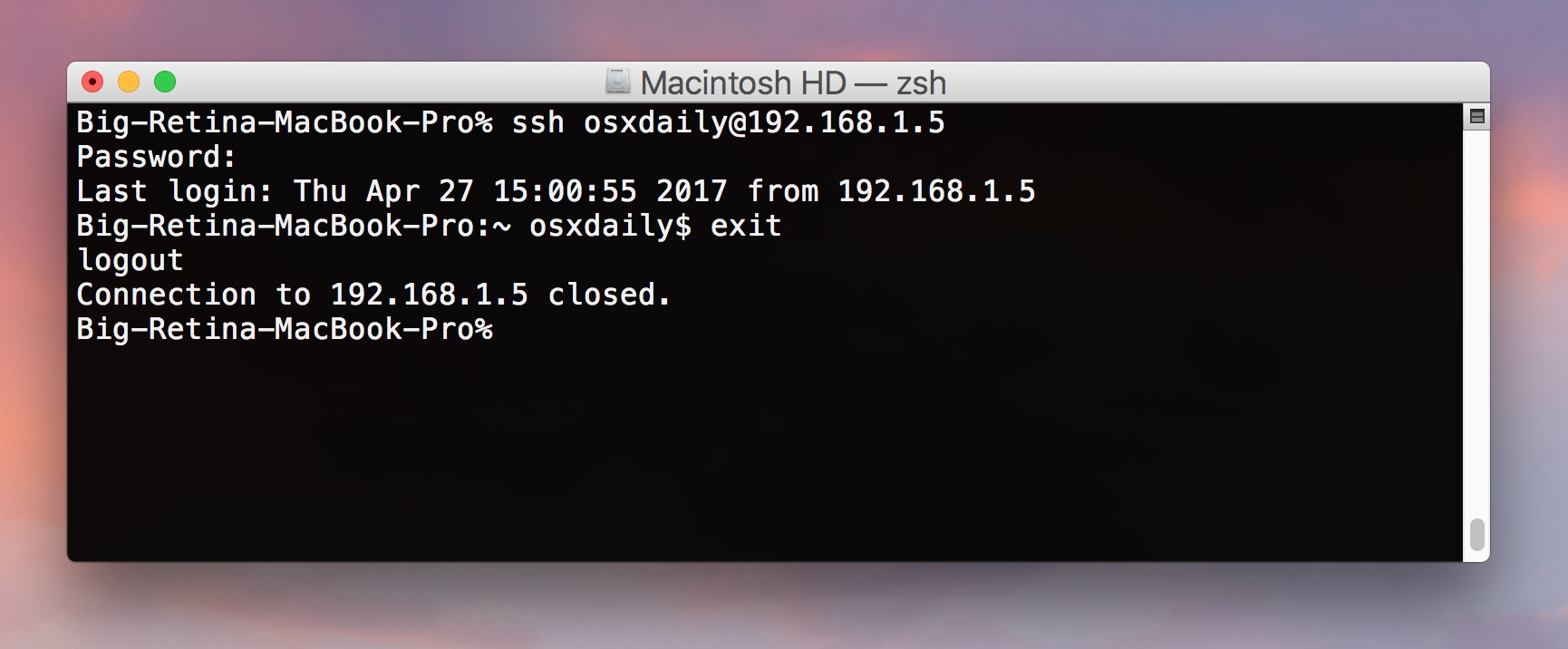Mac Os Add App Into Servies
One of the little-known time-saving features of Mac OS X is services—hidden, single-feature commands that you can access from a special Services menu, or, sometimes, from a contextual menu. Set up Exchange account access using Outlook for Mac. If you have Outlook for Mac, you can use it to access your Exchange account. See Add an email account to Outlook for instructions. Set up Exchange account access using Mac OS X 10.10 or later. If you're running Mac OS X version 10.10 or later, follow these steps to set up an Exchange email.
Os App Install
The tug of war between Mac OS and Windows seems to be never-ending. But I can sense that the former has garnered more attention from users. Slowly and gradually, people are moving to Mac OS from Windows.
Though they have to face some teething troubles during the first few weeks, they get along well with the interface and other functionalities. What works for Mac OS is that once a user uses it for six months or a year, he would never come back to Windows or any other operating system.
I had experienced this feeling of awesomeness when I switched from Android to iOS. But all said and done, the desktop of Windows PC has always ruled the roost. Some of the desktop functionalities can’t be found in Mac OS, and this could be the possible reason why Windows fans stick to their ‘beloved’ operating system.
If one thing I have to appreciate about Windows is its ability to create shortcuts for applications. Users who have recently moved from Windows computer to a Mac, you must have faced this issue of placing icon shortcuts of your favorite apps.

But the good news is that Mac users can also place shortcut icons of apps they use regularly. Want to know how? Read on…
How to place app shortcut icons on your Mac desktop
First off, launch a Finder window on your Mac.
Click on Applications from the left side navigation.
Now select the app you want to create a shortcut for.
Drag the app and drop it on the desktop.
Hurray!! The shortcut icon is now created. You can follow this action to create shortcut icons for other apps as well.
Jignesh Padhiyar is the co-founder of iGeeksBlog.com who has a keen eye for news, rumors and all the unusual stuff that happens around Apple products. During his tight schedule, Jignesh finds some moments of respite to share side-splitting contents on social media.
- https://www.igeeksblog.com/author/iosblogger/
- https://www.igeeksblog.com/author/iosblogger/
- https://www.igeeksblog.com/author/iosblogger/
- https://www.igeeksblog.com/author/iosblogger/
Learn how the Mac App Store beautifully showcases your apps and makes them even easier to find, and how Developer ID and notarization make it safer for users to install apps that you distribute yourself.
Mac App Store
The Mac App Store makes it simple for customers to discover, purchase, and download your apps, and easily keep them updated. Organized around the specific things customers love to do on Mac, along with insightful stories, curated collections, and videos, the Mac App Store beautifully showcases your apps and makes them even easier to find.
Download Apps For Mac
iPhone and iPad apps on Apple silicon Macs
The Mac App Store brings iPhone and iPad apps to Apple silicon Macs — so your apps can reach even more users worldwide. By default, your apps will be published automatically on the Mac App Store. Confirm that your apps gracefully handle cases where iPhone and iPad features are not available on Mac.
iPad apps that support modern technologies like keyboard input, multitasking, size classes, and SwiftUI will automatically inherit great macOS features like resizability and full screen mode.
Web Extensions
Safari Web Extensions can add custom functionality to Safari 14 using the same WebExtensions API used in other browsers, such as Chrome, Firefox, and Edge. And with a new conversion tool in Xcode 12, you can quickly bring your existing extensions to Safari and make them available on the Mac App Store.
Outside the Mac App Store
While the Mac App Store is the safest place for users to get software for their Mac, you may choose to distribute your Mac apps in other ways. Gatekeeper on macOS helps protect users from downloading and installing malicious software by checking for a Developer ID certificate. Make sure to test your apps with the latest version of macOS and sign your apps, plug-ins, or installer packages to let Gatekeeper know they’re safe to install.
You can also give users even more confidence in your apps by submitting them to Apple to be notarized.
Mac Logo
The Mac logo is designed to easily identify software products and hardware peripherals developed to run on macOS and take advantage of its advanced features.
| Mac App Store | Outside Mac App Store | |
|---|---|---|
| App Distribution | Hosted by Apple | Managed by developer (with Developer ID) |
| Software Updates | Hosted by Apple | Managed by developer |
| Worldwide Payment Processing | Managed by Apple | Managed by developer |
| Volume Purchasing and Education Pricing | Managed by Apple | Managed by developer |
| Advanced App Capabilities (iCloud Storage and Push Notifications) | Available | Available |
| App Store Services (In-App Purchase and Game Center) | Available | Not Available |
| 64-Bit | Required | Recommended |
| App Sandboxing | Required | Recommended |
